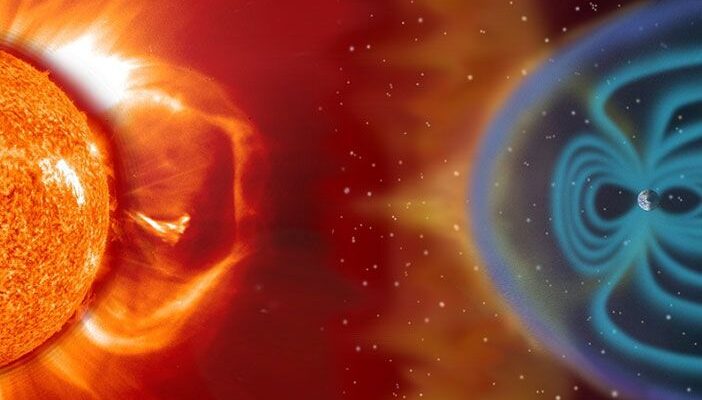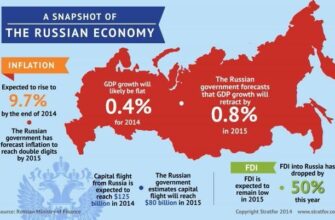Just when we thought the cosmos had delivered its usual share of solar theatrics, settling into a predictable pattern, a significant update has emerged from the frontier of space weather forecasting. What was once dismissed as a minor celestial graze has now been upgraded to a direct hit, promising the most powerful magnetic storm to impact Earth in over sixty days.
The Unforeseen Trajectory Twist
Initially, astronomers, keeping a keen eye on the Sun, anticipated a relatively benign encounter. A solar flare, classified as M4.4, erupted on August 5th, ejecting a coronal mass (a massive cloud of plasma) not directly at our planet, but off to the side, at an approximate 45-degree angle. The consensus was that Earth might only experience the faint, outer wisps of this solar exhalation, if anything at all.
However, the Sun, ever the trickster, seems to have had other plans. According to Sergey Bogachev, head of the Laboratory of Solar Astronomy at the Space Research Institute of the Russian Academy of Sciences (IKI RAS), recent recalculations have unveiled a more impactful scenario. “After the latest re-evaluation,” Bogachev stated, “models showed that the planet would be hit by the high-velocity core of the cloud, and the impact on the magnetic field could be much stronger.” This means Friday, August 8th, is now marked as a day for heightened geomagnetic vigilance.
Understanding the Disturbance: From Flare to Fury
So, what exactly are we talking about? An M-class flare is a medium-sized solar explosion. When these flares are accompanied by a Coronal Mass Ejection (CME) – essentially a massive bubble of superheated plasma and magnetic field bursting from the Sun`s atmosphere – it can travel millions of miles through space. If aimed at Earth, this plasma cloud collides with our planet`s protective magnetic field, causing a geomagnetic storm.
The intensity of these storms is often measured by the Kp-index, a scale from 0 to 9. For this upcoming event, projections suggest the Kp-index could surge to 6.0 around 07:00 Moscow time on August 8th. To put that into perspective, this would mark the highest value since June 13th, indicating a significant disturbance.
Potential Earthly Repercussions: Beyond the Pretty Lights
While often associated with stunning displays of the aurora borealis and australis (the Northern and Southern Lights), powerful magnetic storms have more tangible, albeit less picturesque, consequences. These can include:
- Impact on Power Systems: Energy grids, particularly those in higher latitudes, can experience voltage fluctuations and even blackouts due to induced currents.
- Satellite Disruptions: Spacecraft, including those vital for GPS and communication, can undergo increased orbital drag, leading to deviations from their predicted paths. Their electronic systems can also be affected.
- Radio Communication Interference: Shortwave radio signals and navigation systems can be disrupted or blacked out entirely, affecting aviation, maritime, and amateur radio operators.
- Enhanced Auroras: On the brighter side, literally, a strong storm significantly expands the geographical area where auroras can be observed, potentially bringing these vibrant celestial curtains to lower latitudes than usual.
Double Trouble: The Coronal Hole Conundrum
Adding another layer to this cosmic cocktail, the geomagnetic situation is expected to worsen even before the main plasma cloud arrives. Hours prior to the impact, Earth will enter a zone influenced by a large coronal hole. These are regions in the Sun`s corona where the magnetic field lines are open, allowing high-speed solar wind to stream out. This continuous stream of particles will contribute to a deteriorating geomagnetic background for almost a week, effectively setting the stage for the CME`s more acute impact.
The Art of Cosmic Prediction: A Calculated Risk
Forecasting space weather is less like predicting your local five-day forecast and more like trying to guess a cat`s next move. It’s an incredibly complex endeavor, relying on intricate models and real-time data from distant spacecraft. As Bogachev himself noted, the prediction for this storm is “sensitive to the actual direction of the plasma cloud`s movement.” A mere deviation of three to five degrees from the calculated trajectory could mean the difference between a significant storm and an uneventful pass.
This inherent uncertainty underscores the continuous challenge faced by solar astronomers. They are, in essence, trying to hit a moving target with highly variable projectiles across astronomical distances. A mere tilt of the head from our solar star, and the storm might just sail by, leaving us none the wiser.
A Vigilant Watch
As Friday approaches, scientists globally will be monitoring the Sun with renewed intensity. The evolving nature of this forecast serves as a stark reminder of our planet`s dynamic relationship with its star and the subtle, yet profound, ways solar activity can influence our technologically dependent lives. While the exact severity remains a subject of ongoing refinement, staying informed about these cosmic phenomena is key for industries and individuals alike.







